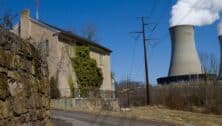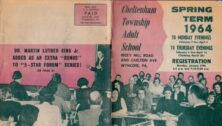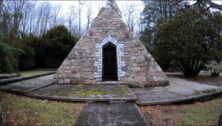Curators of Mahantongo Heritage Center Detail Their Lives on Pittman Commune
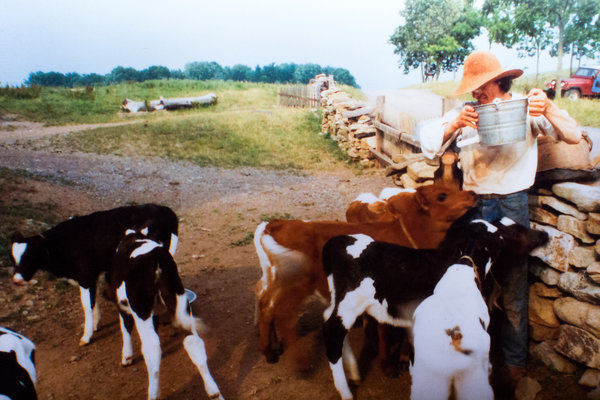
Zephram and Johannes Zinzendorf were inspired by simple ideals but had some lofty aspirations. The pair has detailed their failed efforts to develop Pittman Commune on the 63 acres in central PA that they have lived on for three decades. They are looking to secure a publisher for their second book, they previously released ‘The Big Book of Flax’ (the story of linen processing) through Pennsylvania’s Schiffer Publishing in 2011.
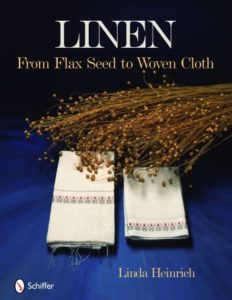
The book will follow their journey from their first meeting in the 1970s at a gay-consciousness-raising-group while attending college in Salt Lake City and details their attempt to establish a commune. They were somewhat inspired by the Mormons and became fascinated by the idea of starting an intentional community in a rural setting. The pair relocated to Bethlehem, PA and became aware of a local brotherhood that was inspired by a European brotherhood from the 1800s. They became inspired enough to purchase the 63 acres in Pitman for $63,000 and began printing brochures to advertise their private utopia.
The pair relocated to Bethlehem, PA and became aware of a local brotherhood that was inspired by a European brotherhood from the 1800s. They became inspired enough to purchase the 63 acres in Pitman for $63,000 and began printing brochures to advertise their private utopia.
They set up tables at farming museums, gay-pride festivals and living-history farms. Although they did get a few takers, they struggled to explain their concept and attract interest. Johannes commented that “People would look at us and say, ‘Oh, so you’re gay Amish?’” while also adding that “Neither one of us is very charismatic. That was a problem.”
Their struggles would continue throughout their attempt. Johanes would go on to explain that “We weren’t good at being able to explain the spiritual part, either. People would say: ‘Let’s write down your philosophy. Let’s create some commandments.’ But that didn’t come naturally. When we tried to explain our beliefs — spirits living in springs, the earth as mother — people just thought we were weird.”
Although there were moments of joy along the way, they struggled to gain acceptance and faced some unfortunate episodes of discrimination. Ultimately, they realized their commune was a failed effort. They are currently the curators of the Mahantongo Heritage Center, which is open from May to October each year. You can read more about this fascinating story here.
Connect With Your Community
Subscribe to stay informed!
"*" indicates required fields







![95000-1023_ACJ_BannerAd[1]](https://vista.today/wp-content/uploads/2023/03/95000-1023_ACJ_BannerAd1.jpg)






































